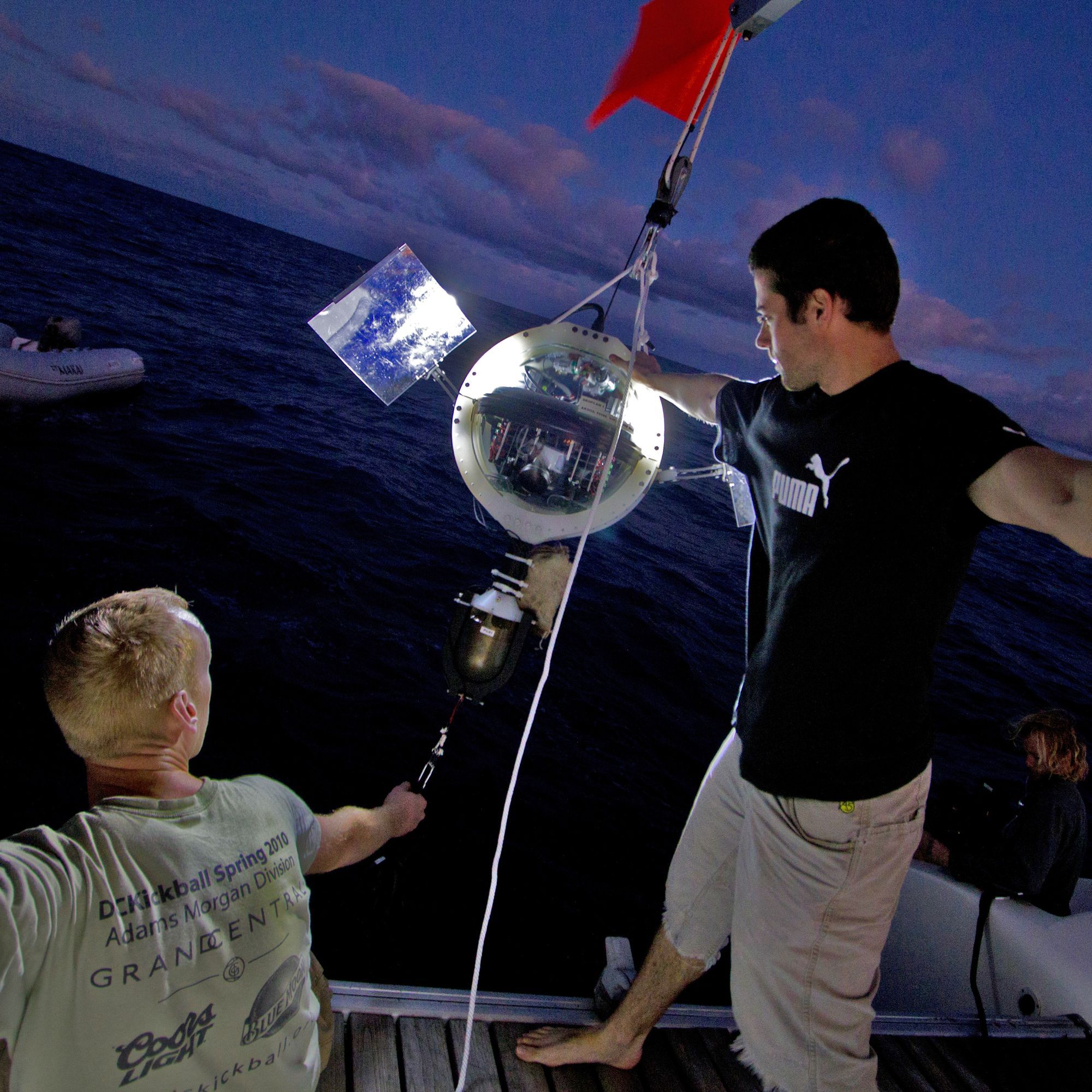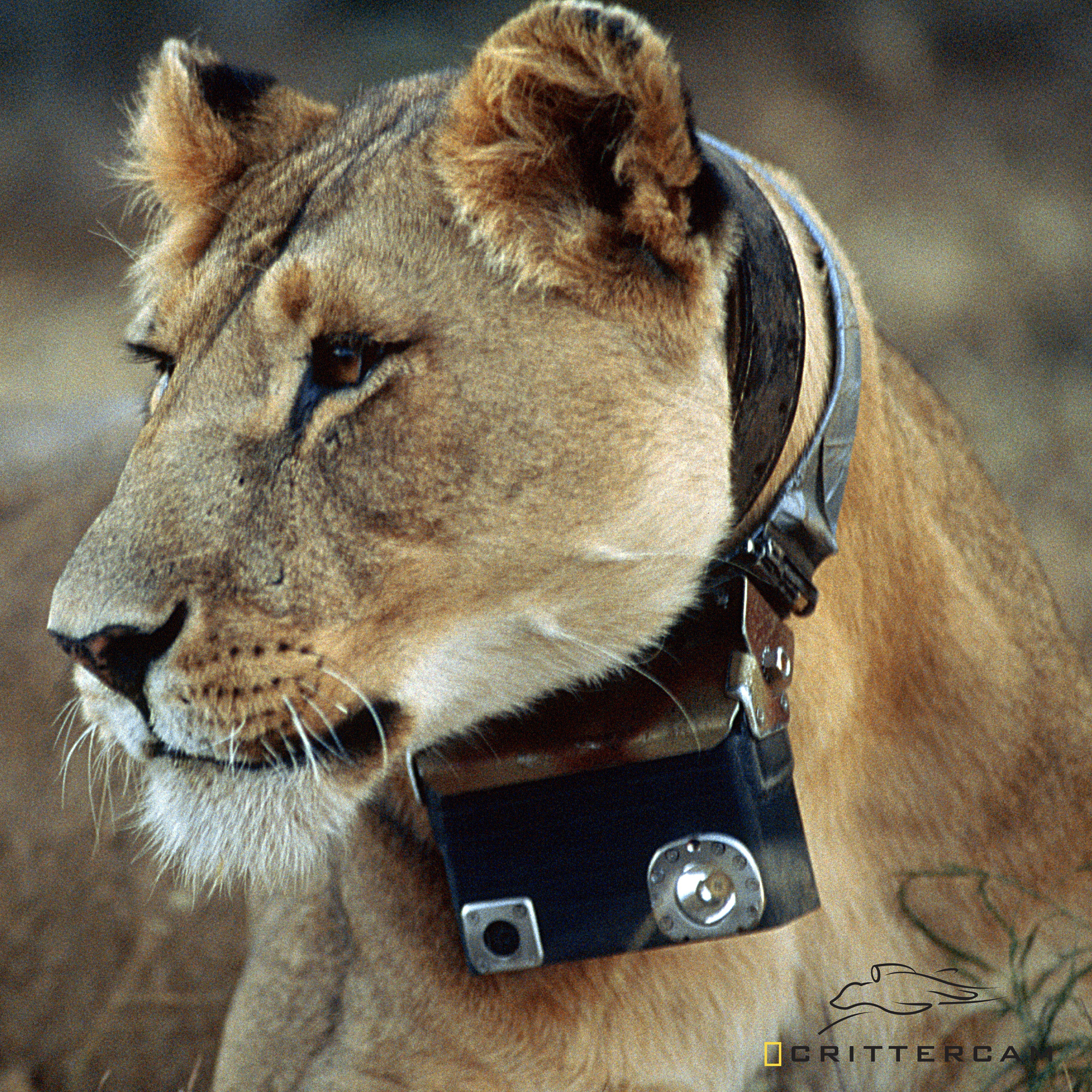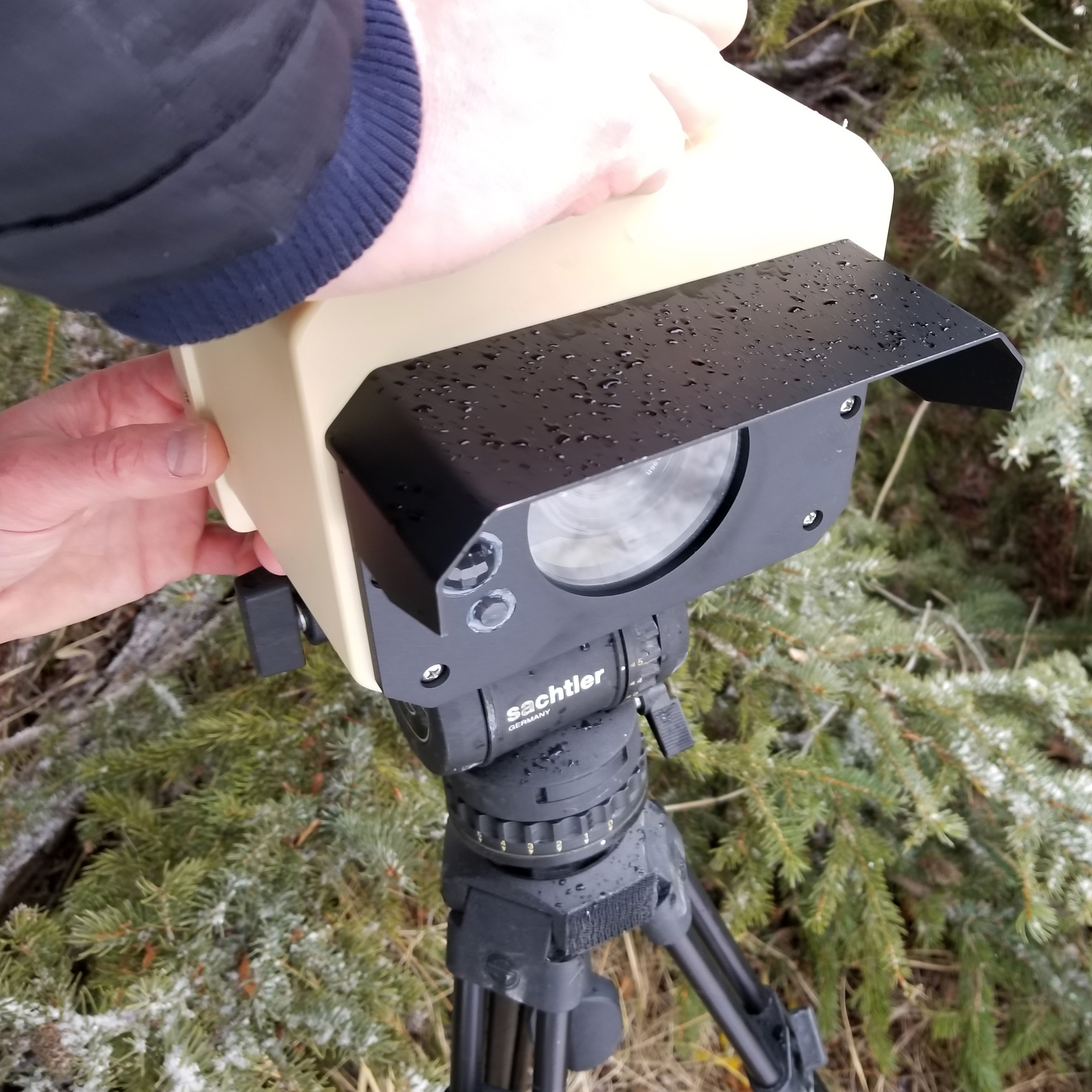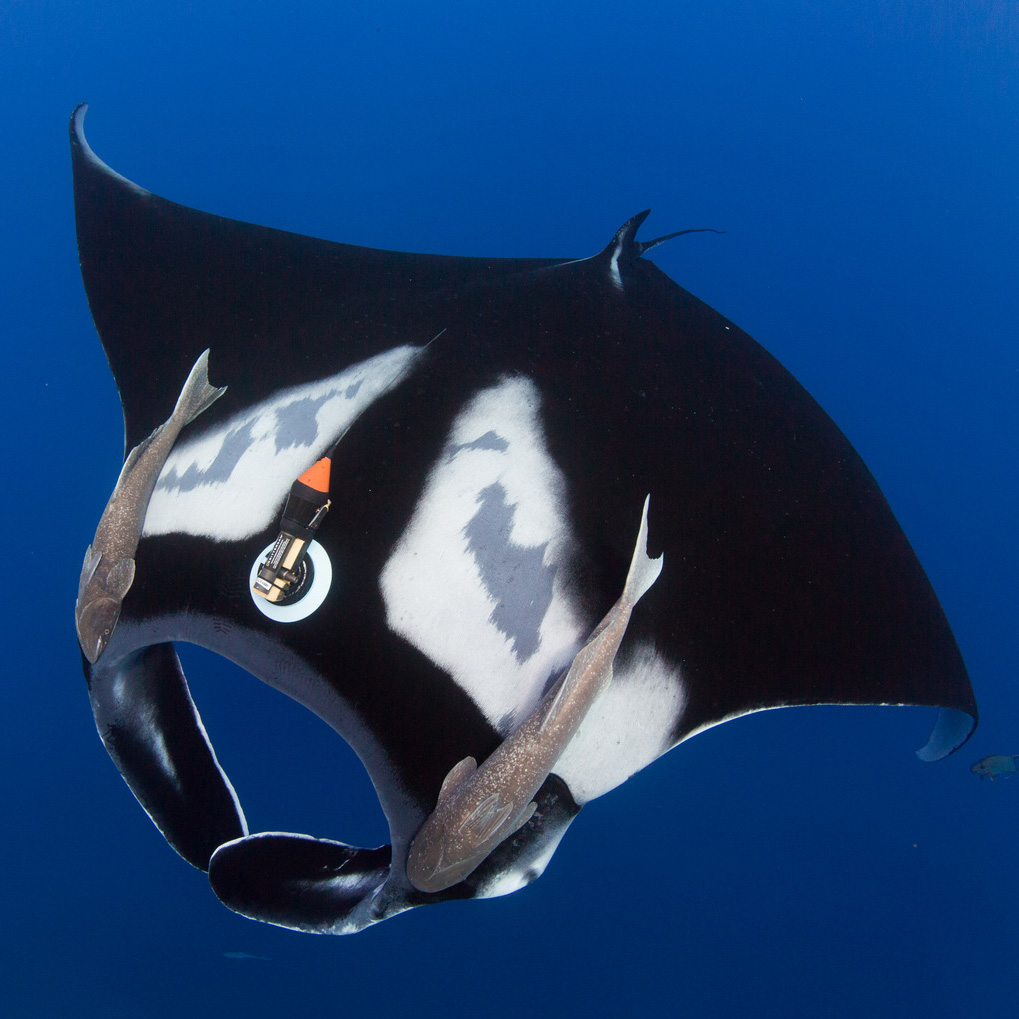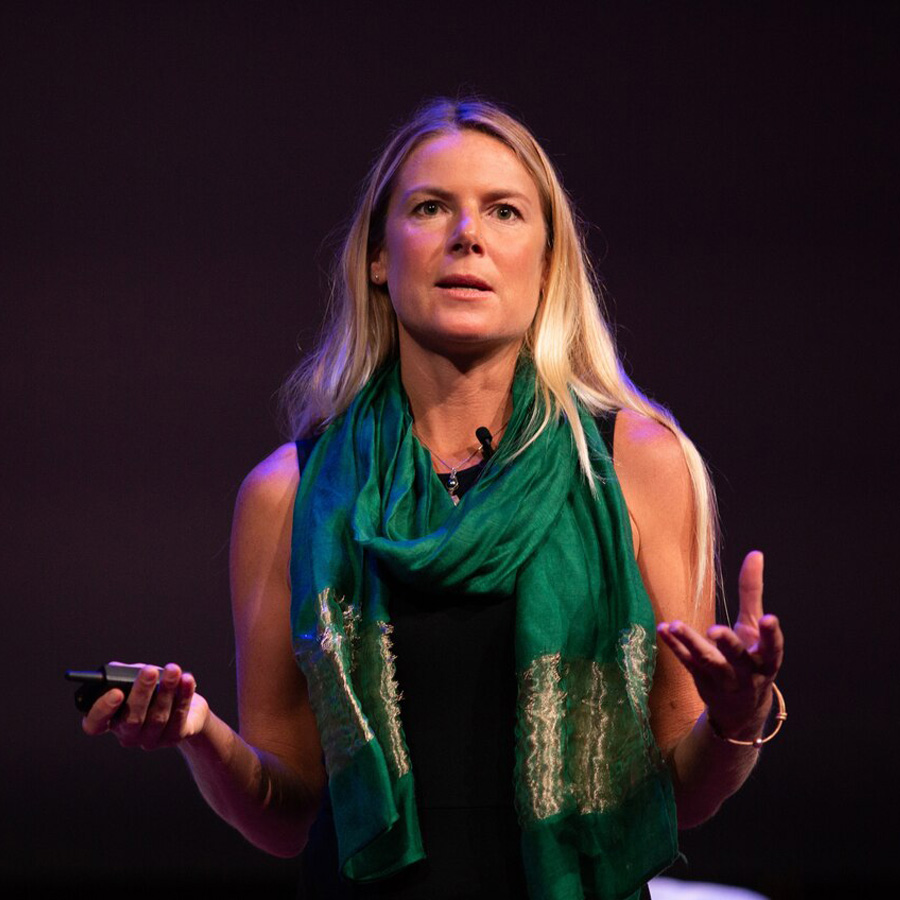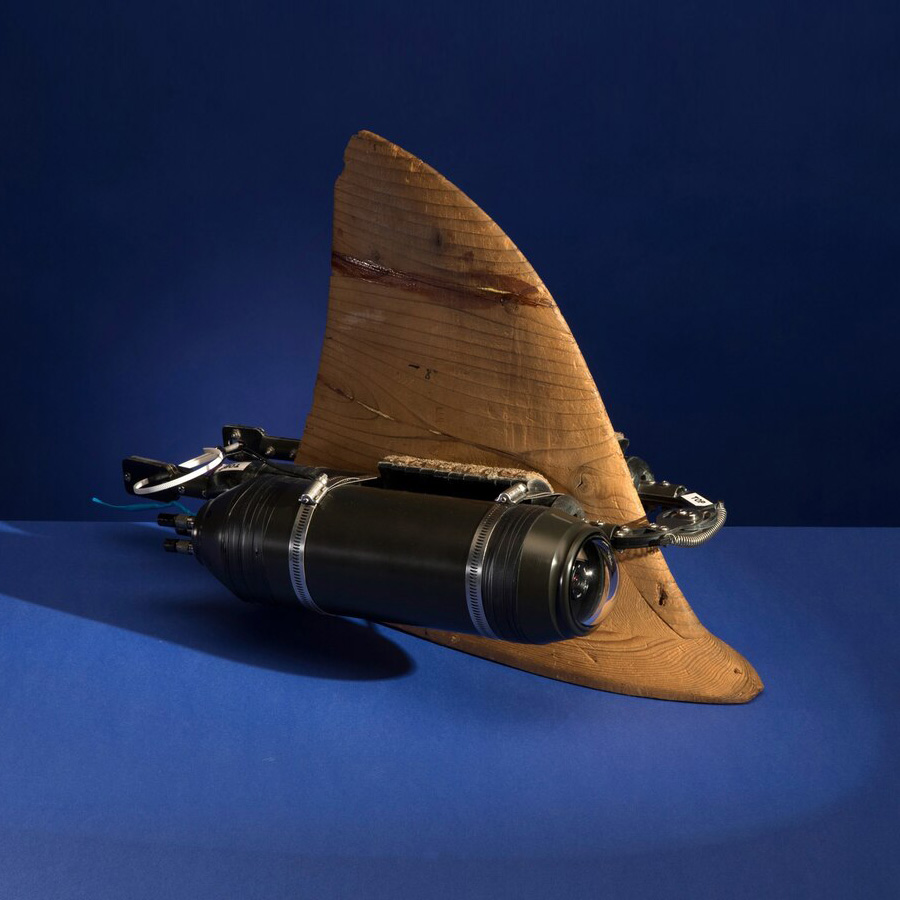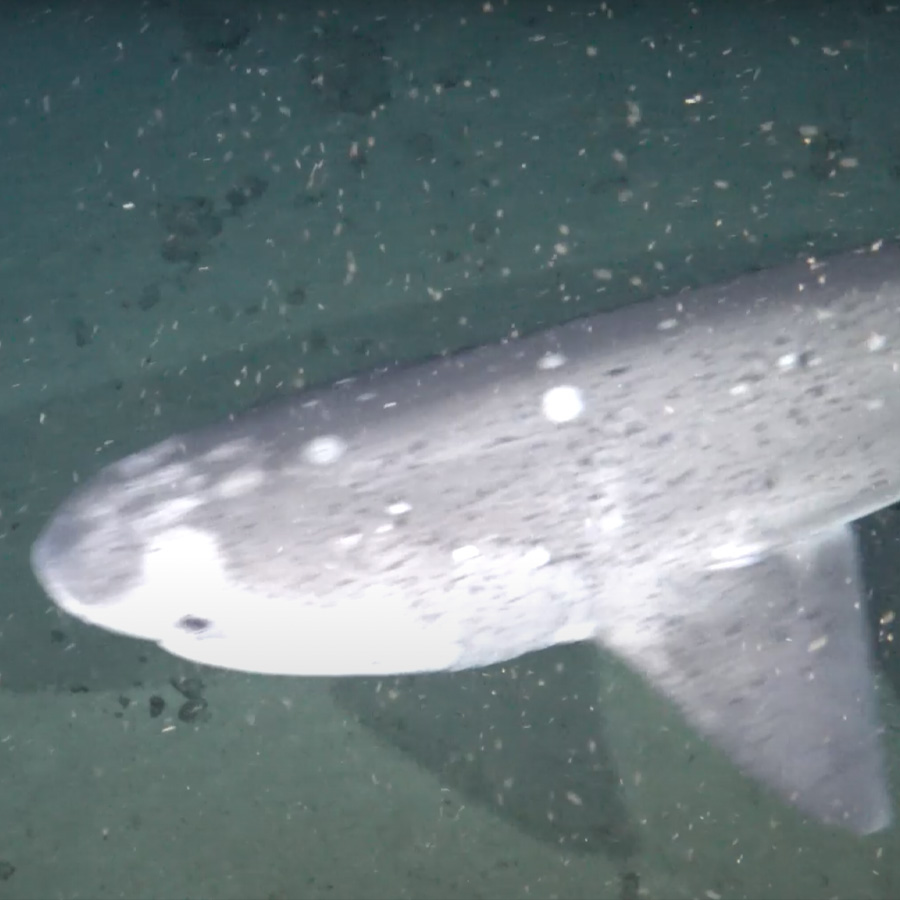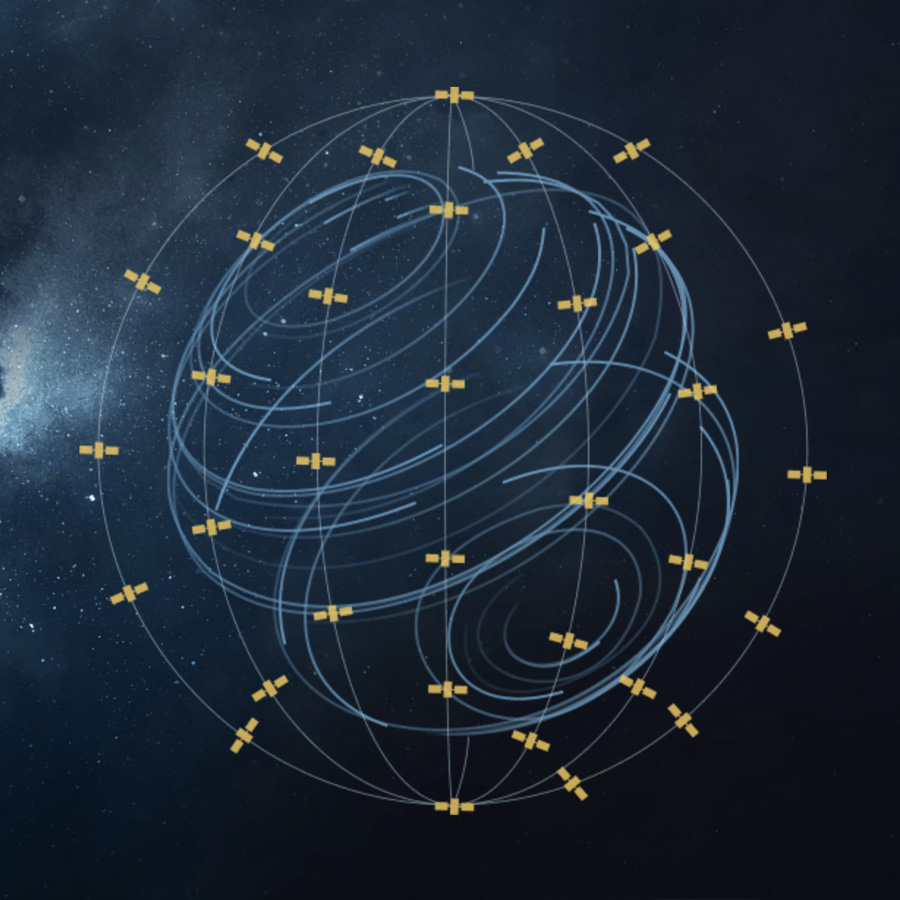EXPLORATION TECHNOLOGY LAB
The Exploration Technology Lab develops and deploys research and storytelling technologies that facilitate access, and yield critical insights, into some of the most extreme environments on Earth.
Our interdisciplinary team of engineers and scientists collaborate with National Geographic Explorers to build and deploy breakthrough sensor systems and hardware.
These technologies generate critical insights helping our Explorers to increase the impact of their scientific research and to deepen their ability to create awe-inspiring stories.
The Exploration Technology Lab builds on National Geographic’s legacy of technology and innovation, dating back to 1888. This legacy and our work today furthers our mission of illuminating and protecting the wonder of our world.
SAMPLE PROJECTS
Deep Sea Camera System
Crittercam
Storytelling Camera Trap
OUR IMPACT
LATEST STORIES
Our impact is often featured in the news. Here are some stories about the work of the Exploration Technology Lab from around the world.
Photo credits: (DropCam Video Sequence) ; Andy Bardon (Extreme Exploration) ; Shelby Randenberg (Dropcam) ; Greg Marshall (Crittercam); IRIDIUM.COM; MARK THIESSEN (NATIONAL GEOGRAPHIC); TAYLOR MICKEL
